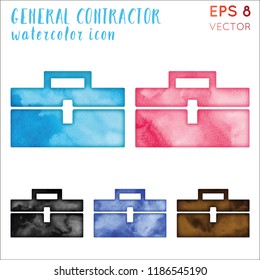Key Seasonal Considerations For Commercial Exterior Paint: What You Need To Be Enlightened Regarding
Key Seasonal Considerations For Commercial Exterior Paint: What You Need To Be Enlightened Regarding
Blog Article
Produced By-Doherty Browne
When you're planning an industrial outside paint task, seasonal factors can make or damage your outcomes. You'll intend to take into consideration exactly how temperature and moisture effect paint application and drying times. Picking the appropriate season can guarantee your paint sticks effectively and lasts much longer. But which seasons are absolutely the very best for this kind of job? Allow's explore the crucial elements that can impact your project's success.
The Effect of Temperature on Paint Application
When you're planning an industrial exterior painting job, the temperature can dramatically affect exactly how well the paint sticks and dries out.
Preferably, you wish to repaint when temperature levels vary in between 50 ° F and 85 ° F. If it's as well cold, the paint may not treat effectively, leading to problems like peeling off or cracking.
On the flip side, if it's too hot, the paint can dry too quickly, preventing correct adhesion and leading to an uneven surface.
line painting need to likewise take into consideration the time of day; early morning or late afternoon supplies cooler temperatures, which can be extra beneficial.
Always inspect the maker's recommendations for the certain paint you're making use of, as they usually supply support on the optimal temperature level range for optimal results.
Moisture and Its Impact on Drying Times
Temperature level isn't the only ecological aspect that influences your business exterior painting task; humidity plays a significant duty also. High humidity levels can decrease drying times significantly, affecting the general top quality of your paint work.
When the air is filled with moisture, the paint takes longer to heal, which can cause problems like bad attachment and a higher danger of mold growth. If you're painting on an especially damp day, be planned for extended delay times between coats.
It's essential to monitor regional climate condition and strategy as necessary. Ideally, go for humidity levels between 40% and 70% for ideal drying out.
Maintaining these factors in mind guarantees your task stays on track and supplies a long-term surface.
Best Seasons for Commercial Exterior Painting Projects
What's the best season for your commercial external paint tasks?
Springtime and very early autumn are typically your best choices. Throughout these periods, temperatures are moderate, and moisture levels are frequently reduced, developing perfect problems for paint application and drying out.
Avoid summertime's intense heat, which can cause paint to dry as well swiftly, leading to bad adhesion and surface. In a similar way, winter's cold temperature levels can hinder appropriate drying out and healing, risking the long life of your paint work.
Go for house painting with temperatures between 50 ° F and 85 ° F for optimal results. Bear in mind to check the regional weather forecast for rain, as damp problems can wreck your job.
Preparation around these factors ensures your paint task runs smoothly and lasts longer.
Conclusion
To conclude, preparing your business outside paint projects around seasonal factors to consider can make a significant difference in the end result. By organizing work throughout the perfect temperature levels and moisture degrees, you'll make certain far better bond and drying out times. Keep in mind to keep an eye on local weather report and pick the right time of year-- springtime and early autumn are your best choices. Taking these steps will aid you accomplish a long lasting and expert coating that lasts.
